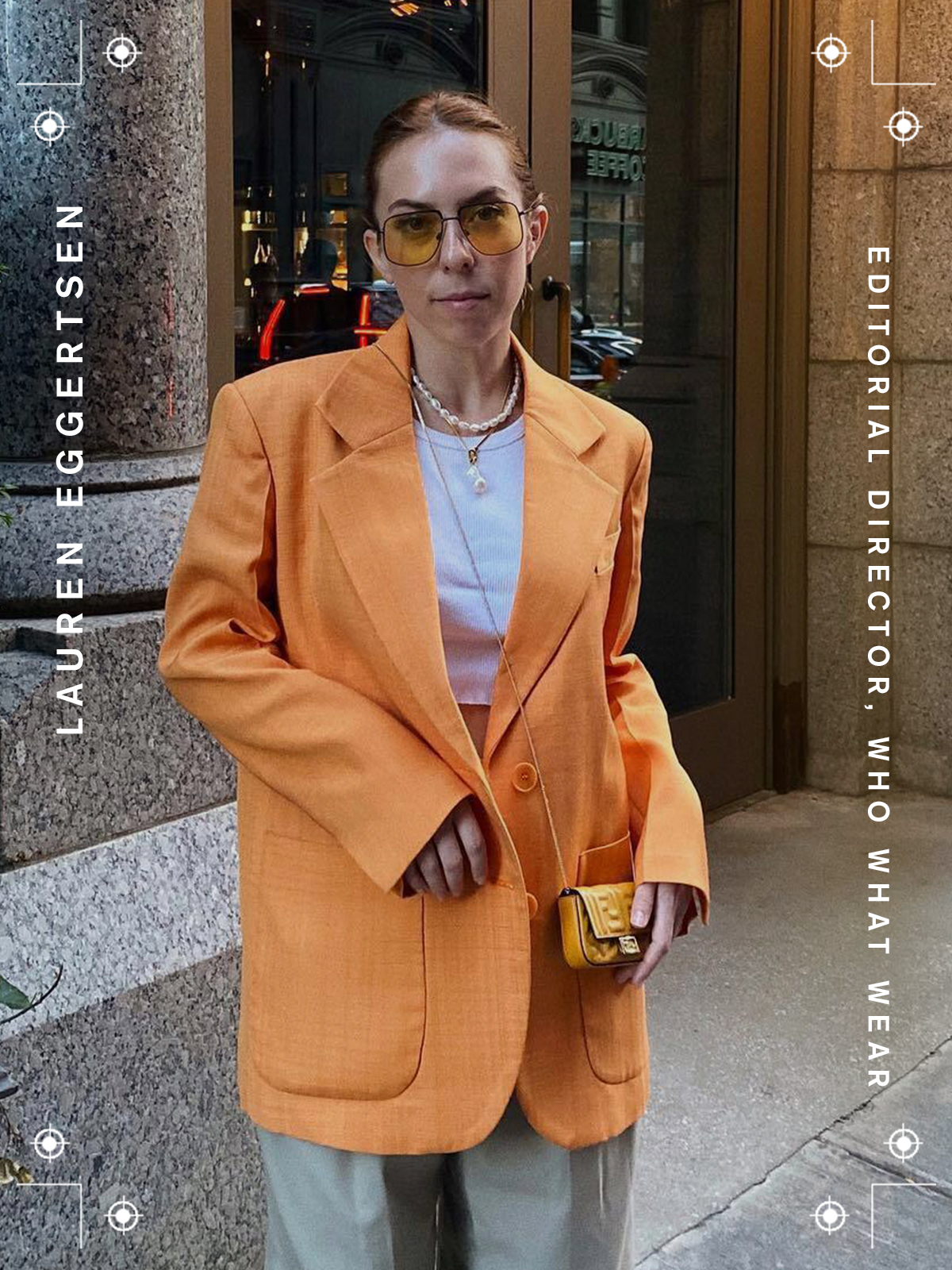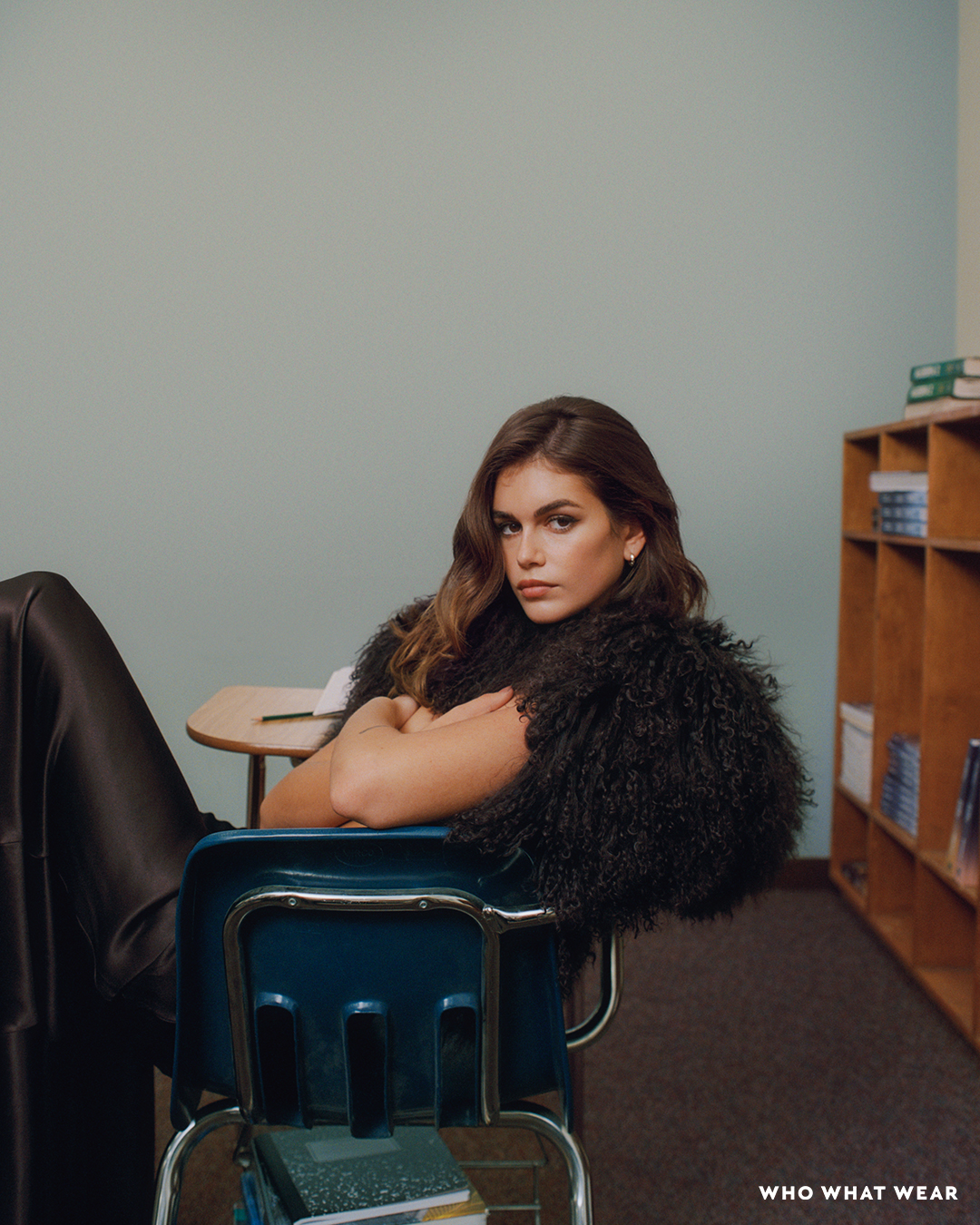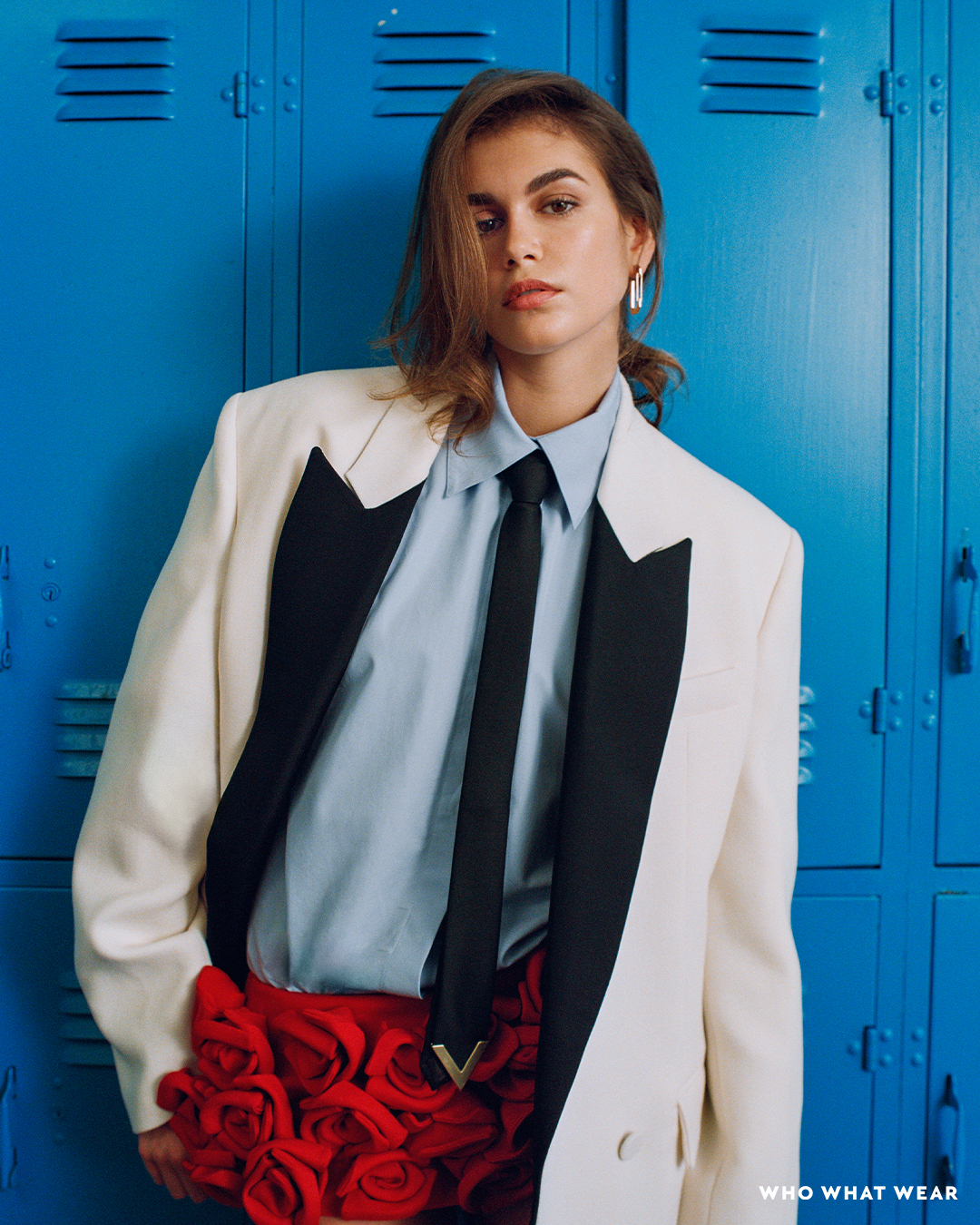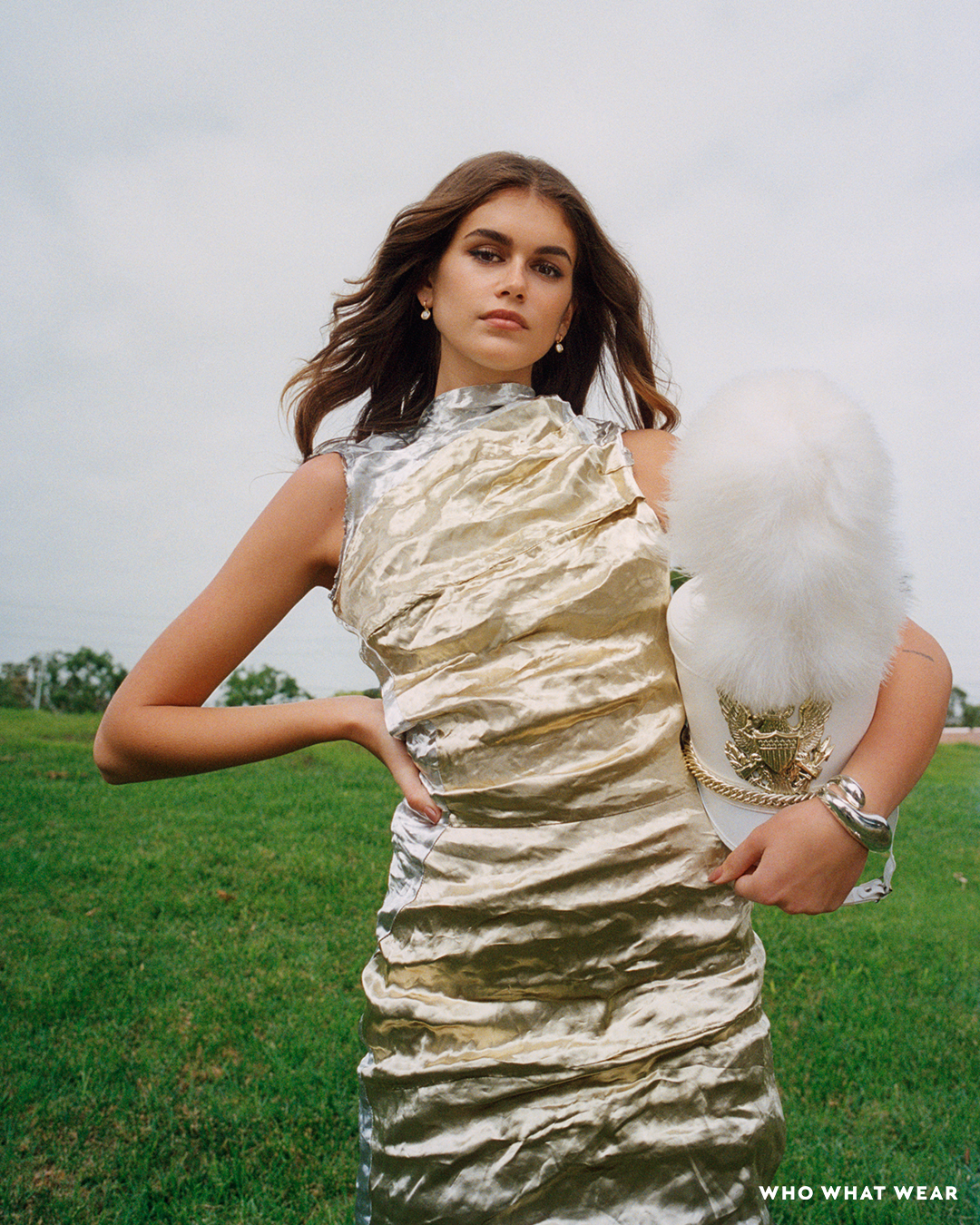Here's How Our Editors Put Together the Kaia Gerber Cover

Welcome to our podcast, Who What Wear With Hillary Kerr. Think of it as your direct line to the designers, stylists, beauty experts, editors, and tastemakers who are shaping the fashion-and-beauty world. Subscribe to Who What Wear With Hillary Kerr on Apple Podcasts and Spotify.
Preparation is the name of the game when it comes to putting together cover shoots. Actor and model Kaia Gerber is Who What Wear's September cover star.
For Wholesale Replica Bag episode of Who What Wear With Hillary Kerr, Lauren Eggertsen, Who What Wear's editorial director who doubled as stylist for the cover, shares a behind-the-scenes look at what it was like to bring the September cover to life. After brainstorming for each cover, the team comes together to start executing the creative direction. "After that initial meeting, it's all hands on deck," Eggertsen said. "We're going for it and executing what came out of that brainstorm, which I think is such a beautiful thing." Learn more about everything that goes into producing a cover shoot, common challenges that arise, and more by reading excerpts from their conversation below.
September covers are a big deal. Let's start with the beginning. When did we start thinking about this? When did you start planning this? When did this all come together?
We started planning this one very early. I believe it was back in June. We were so excited, of course, to book Kaia Gerber. She is just the ultimate fashion girl, and from modeling to now her acting career, being able to support both sides of that part of her life is so exciting for us. We wanted to make sure this was a really big success, and everyone was very motivated. We were really all hands on deck for this one and brought some of our best ideas forth.

When you're working with someone like Kaia—who obviously has done so many shoots and has so many incredible fashion moments—how do you start thinking through concept? It needs to be very Who What Wear and through the Who What Wear lens, but you also need to have a pretty historic and comprehensive understanding of what she's already done so that you're not repeating things.
For all of our cover shoots, we start with a brainstorm. I think this is one of my favorite parts of the process. These brainstorms involve myself, our editor in chief, Kat Collings; our entertainment director, Jessica Baker; and our creative director, Alexa Wiley. We come together without having really spoken too much about our ideas necessarily. We keep our ideas before that a little bit siloed to each other, which is just a fun process. When we have our brainstorm, we're presenting to each other in a very informal way. We're a very collaborative group of people. We don't really collaborate on this beforehand, but the amount of times that we come and we start presenting and multiple of our ideas are just so similar and overlapping, it feels meant to be that we're all somehow on the same page.
It's a lot of collaborative process in that beginning stage, but I think it's just the best because we all get to inspire each other and really work together. That's just the beginning phase. After that initial meeting, it's all hands on deck. We're going for it and executing what came out of that brainstorm, which I think is such a beautiful thing.

There are so many things to be mindful of when putting together such a big shoot like this. What are some of the things that you really have to work through?
There are definitely tons and tons of limitations, but we always make it work, and we really pride ourselves on being a scrappy group of gals. Budgets are definitely one. Once we lock in our concepts, we go to our production team, and they're able to guide us into whether our concepts can be made a reality—if they can help us figure out how to do it within the budget restrictions or if it's really something we might have to pivot and go back to the drawing board a little bit.
We definitely have those conversations ahead of time, so we can not get too excited about having a shoot on an island somewhere and then having that shot down. We also like to think about what the talent will resonate with the most. … At the end of the day, we can run off with our ideas and just excite each other about certain concepts, but we want the talent to be really comfortable. The more excited the talent is about everything—from what they're wearing to the concept to the story to the photographer, the hair and makeup, all of it—the more excited they are to show up on set and just have a really great shoot experience.
We also need to work within the confines of a lot of brand deals that might be present with the talent. That often will present a lot of brand restrictions. … If someone has a contract with a big LVMH house, there are a lot of brand restrictions that go with that, which can often restrict what we're able to call in, who we're able to shoot, and even often our concepts can be a little bit tweaked because of that. Like I said, we try to get all of that knowledge and information beforehand so that we don't get too married to ideas. I've had my heart broken a few times with being told we can't do something that I really had my heart set on. Like I said, we always figure it out.

Do you have a favorite part of shooting?
It is different every time. Sometimes, I actually really enjoy just the nitty-gritty of the requesting process. It feels like you're gambling a little bit. … You're always on your toes, not sure what's going to be confirmed, not sure what you're able to make work. I think that process is very time-consuming, but it is so exciting. I'll wake up often in the middle of the night to see what Europe has confirmed for me because I'm so excited, and I can't even wait till the morning to see. [I also enjoy] being able to see the looks come to life and have the talent be really excited about them on set and just you feel like you did your job well, knowing that you're really thinking about the talent first and what they are going to be excited about.
When that actually happens and you get to watch their reaction in the mirror when they have a certain look on, that is what it's really all for.
This interview has been edited and condensed for clarity. Next, check out our interview with fashion designer Clare Vivier.